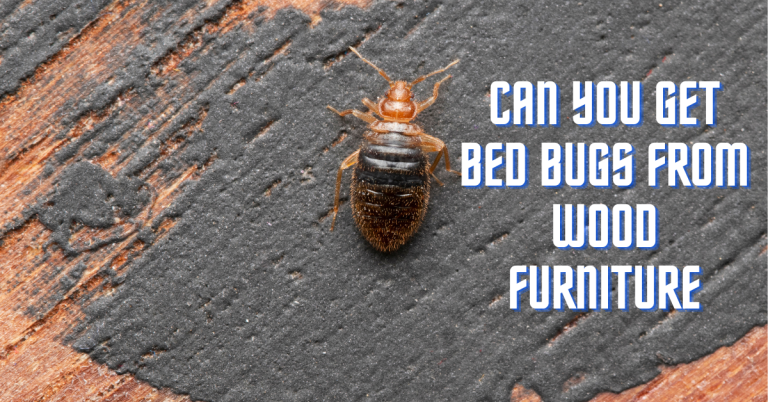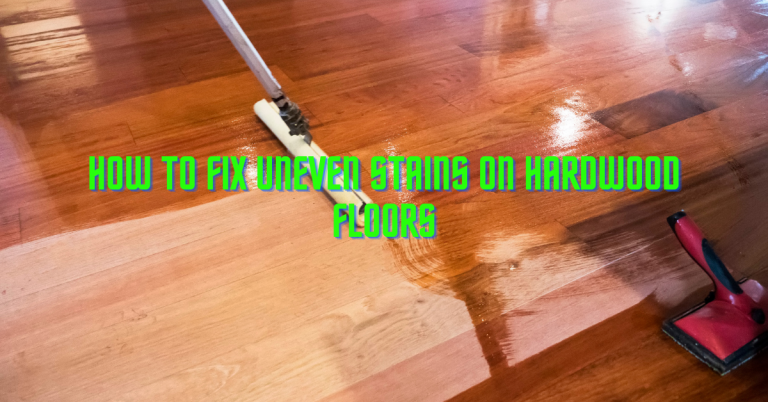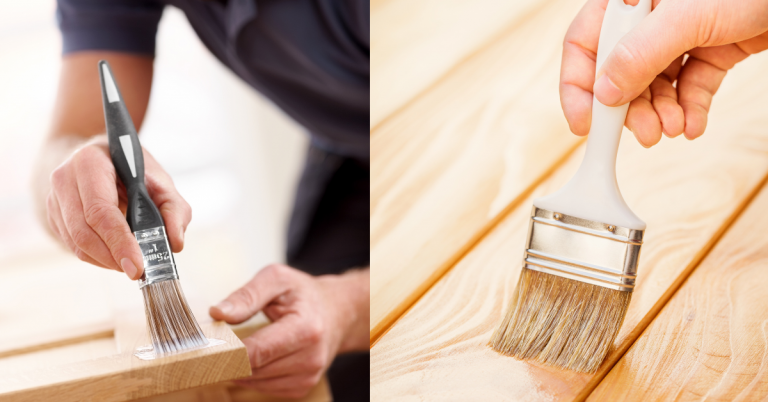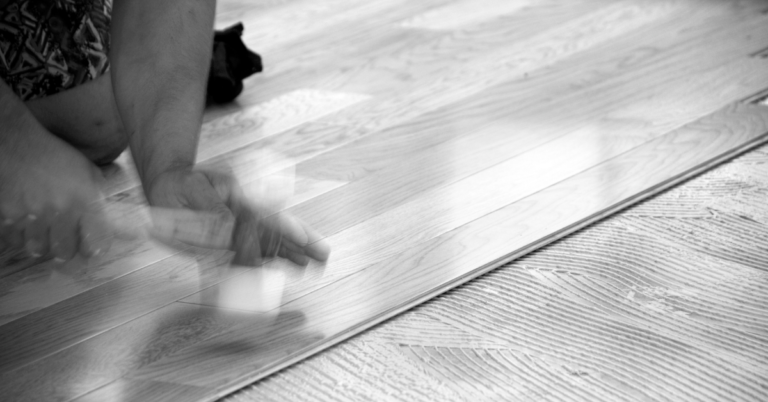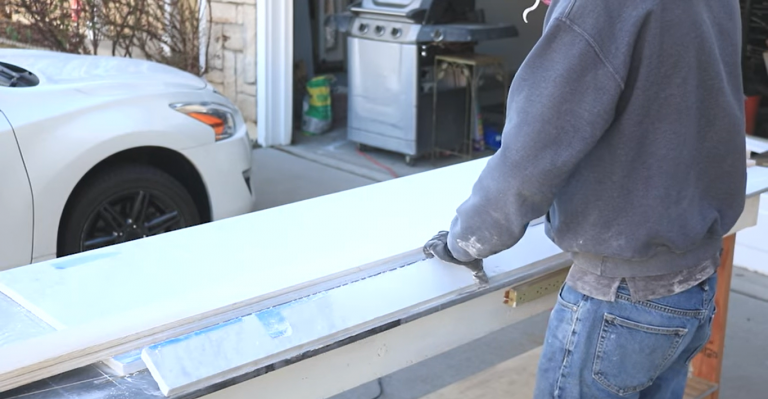How To Apply Mineral Oil To Wood (DIY Approach)
Mineral oil for wood is one of the most versatile things mineral oil can be used for in your home. There are different kinds of mineral oil used for therapeutic purposes, and others are used for making wood look shiny. Mineral oil is one of the widely used options for wood finish especially when a natural look is what you want.
In this article, we will discuss how to apply mineral oil to wood, mineral oil on cutting board, their alternatives and we will also look into their safety.
All at a Glance
What is mineral oil?
Mineral oil refers to a colorless and odorless substance that is derived from petroleum with a variety of uses in different industries. It is composed of hydrocarbons including nitrogen and chlorine. It is commonly used on kitchen products like cutting boards, rolling pans, and wooden spoons. It is available in two forms: non-food-grade oil and food-grade oil.
When applied to wood, mineral oil helps to prevent the wood from being prone to water damage, scratches, and other wear and tear. It also restores the new and glossy look of wood protecting it from cracks and being dry.

Benefits of using mineral oil on wood
- Mineral oil is an ideal product for wooden cutting boards and other wooden materials. It is non-toxic, covers pores in wooden surfaces which will create a tight and even surface, and deters food and liquid.
- It is relatively stable and won’t lose its quality when exposed to warm temperatures.
- Mineral oil is considered non-toxic
- It won’t give off any odor, it is considered scentless.
- When applied to wood, mineral oil restores a clear finish.
- Mineral oil does not deposit or skew color on wood
- It brings out the natural grain of the wood
Cons of Mineral oil
- It is not durable
- It doesn’t effectively protect the wood against scratches and scuff marks
- If not maintained, mineral oil can appear dusty and dry
- It is not waterproof
Is Mineral oil safe on wood?
The straightforward answer to this question is yes. Mineral oil is not toxic, so it is safe. Mineral oil does not just prevent cracks on wood, it also repels bits of food and liquid making it impossible for mold or bacteria to grow on it. Consult your doctor before consuming mineral oil and never inhale it. However, it is a good choice to apply it on wooden surfaces.
Also Reads: Top 5 Best Epoxy for wood slabs
Alternatives of mineral oil that can be used on wood
There are cases you may not want to use mineral oil on wood may be due to the cons discussed above. Fortunately, there are a few good mineral oil alternatives that you can use on your wood.
- Tung oil: This is a natural oil that is extracted from the nuts of tung trees. You can apply them in place of mineral oil.
- Beeswax: This is a natural oil that is produced by bees. It can either be used as a mineral oil alternative or used along with mineral oil so it can be durable.
- Linseed oil: This is a natural oil that is extracted from flax seeds.
How to apply mineral oil on wood
First, it is a good idea to clean the wood well before applying the oil. After cleaning with soap and water, use lemon and salt to scrub them down and get rid of any residue. Let the wood dry before proceeding with the next steps. There are several methods to apply mineral oil to the wood. Check out the following:
- Apply mineral oil with a clean towel
To apply mineral oil on wood using a clean towel, dip it inside the mineral oil and apply it onto the wood surface in a circular motion. Make sure you rub it to get into all of the nooks and crannies and pay extra attention to areas that seem dry. Once done, leave it for a few hours so the oil can properly soak in. After, buff the wood with a clean dry cloth to clear excess oil.
2. Apply mineral oil with a brush
Just like the above process, dip the brush inside mineral oil and brush it gently on the wood surfaces. Allow the brush to enter hidden areas on the wood surface with extra attention to areas that seem dry. When you are done, allow the oil to sink in the wood for a few hours. Then, you can clear the wood surface with a clean cloth to get rid of excess oil.
3. Apply mineral oil using a spray bottle
Fill a spray bottle with enough mineral oil, and then spray on the wood surface in a light event form. Spray evenly on all surfaces of the wood without skipping any area. Let the oil soak in for at least a few hours. Once done, buff the wood with a clean towel and remove excess oil.

How to apply mineral oil on a cutting board
Materials Needed
- Steel wool
- Clean, dry cloth
- Small pan
- Dish soap
- First, wash your cutting board with warm water and dish soap. Rinse the cutting board under running water, and then dry well with a clean cloth. Excess water should be avoided because it can cause damage to the wood.
- Pour some mineral oil into a small pan. Warm the oil on temperature mildly, the heating helps it to become thinner and easier to spread.
- Soak a clean cloth or steel wool pad into mineral oil. Apply it to the board and rub in the direction of the wood grain. Coat all the surfaces reaching into the nooks, bottom, and side edges. Apply about 4 to 5 coats of mineral oil if you are treating a brand new cutting board.
- Let the mineral oil remain and enter deeply into the wood for about 20 minutes. Wipe off any excess oil with a clean dry cloth. After application, leave it for about 6 hours to give it time to oxidize and harden.
- Go over this process until your cutting board won’t absorb any more oil. Buff the board until it appears glossy. To determine how often you apply mineral oil on your cutting board, observe it frequently and repeat the process when you notice the board is becoming dry.
How often should you use mineral oil on wood?
The answer to this question depends on what the wood is used for and how often it is used. If you are using mineral oil on cutting boards and kitchen wooden utensils, you can do it as often as once a month. The easiest way to decide how often you used to apply oil on wood is to monitor it.
When you notice the surface is beginning to fade out, you can oil again. Depending on the wood material, it may be once a year or once per week.
Other Home uses for mineral oil
Even though mineral oil has several uses in the medical field for your body, it also serves a lot of purposes at home. Below are the most common ways to use mineral oil at home.
- To clean kitchen utensils
Mineral oil is a good choice to protect kitchen knives from moisture. Water and oil can’t mix together. So, it perfectly works in protecting knives from rust.
2. To protect home tools
Mineral oil can be used on both wooden tools and metals to prevent them from rusting or rotting. Even in storage, you can apply an even layer on the metals just for protection.
3. To polish linoleum
Mineral oil can be applied to linoleum floors and countertops. After application, make sure to remove excess oil so it won’t end up being slippery and pose danger. It is not recommended for use in homes with the elderly or little children.
4. To polish steel
Mineral oil is used to polish stainless steel. This simply means you don’t need to purchase costly metal polishers since mineral oil can perform the same function.
5. To untangle necklaces
When a necklace gets tangled, you don’t need to spend hours trying to fix it. Simply some oil on it and it will get sorted out easily.
6. To be used in place of WD-40
Mineral oil can function in place of WD-40. If you are experiencing door creaks, apply a few drops of mineral oil and hear the creak disappear.
Conclusion: How To Apply Mineral Oil To Wood
There are different methods of applying mineral oil to the wood. You can make use of a clean cloth, a brush, or a spray bottle. What you need to make sure is that you are applying a thin, even layer of oil on the wood surface. Do not saturate the wood to avoid puddles of oil being left behind.
Mineral oil is also a good choice to clean cutting boards which has been explicitly explained in this article. If you are concerned about its safety, be rest assured it is risk-free and can even be used in kitchens.


